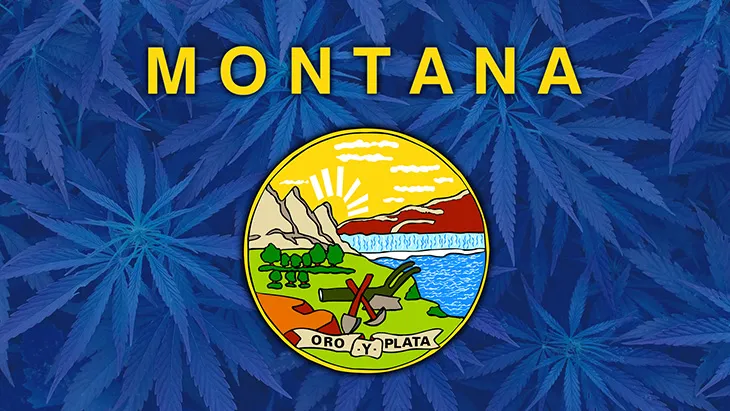Montana Governor Greg Gianforte has signed House Bill 932 into law, marking a major shift in how the state will allocate tens of millions in marijuana tax revenue for conservation.

The bill, which takes effect July 1, broadens the scope of projects eligible for funding and creates new pathways for improving wildlife habitat on both public and private land.
Previously, all $10 million in conservation-dedicated marijuana tax revenue went solely to Habitat Montana, a program managed by Montana Fish, Wildlife and Parks (FWP). These funds were used to secure conservation easements, purchase wildlife management areas, and lease land for habitat protection.
Under HB 932, the money will instead flow into a newly established “habitat legacy account,” where it will be split among three categories. 75% will go to Habitat Montana and water-related projects. 20% will support the Wildlife Habitat Improvement Program (WHIP), and the remaining 5% will fund wildlife crossing infrastructure to help prevent vehicle-animal collisions.
The bill, sponsored by Representative Ken Walsh (R), was backed by a broad coalition of conservation groups and drew bipartisan support in the legislature. During the legislative process, Walsh said the changes would help streamline conservation efforts and support a wider variety of projects, including public-private partnerships and water infrastructure.
“This is a long-overdue win for conservation, access, landowners and wildlife,” said Noah Marion, policy director for Wild Montana, in a statement. “Montana’s growing and changing, and now’s the time to invest in our outdoor way of life.”
Eligible applicants under the new law include individual landowners, tribal governments, conservation districts, and other stakeholders. Projects that may receive funding include riparian restoration, invasive species removal, fence modification or removal, soil health efforts, and conifer clearing.







